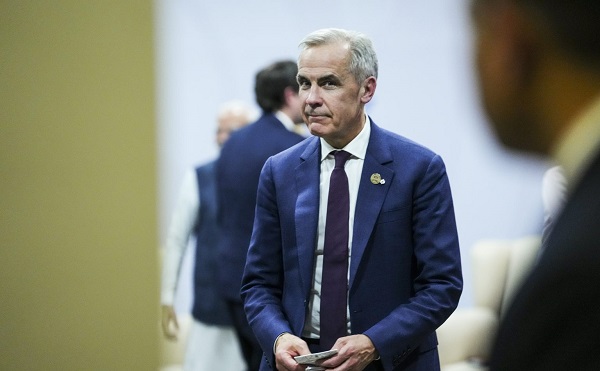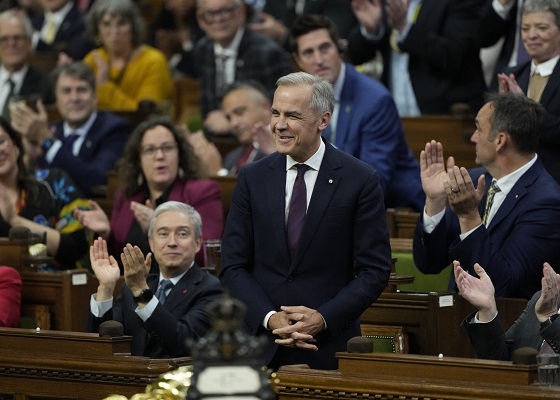Alberta
Alberta First needs 270,000 Albertans to sign petition, initiate referendum on Pension Plan
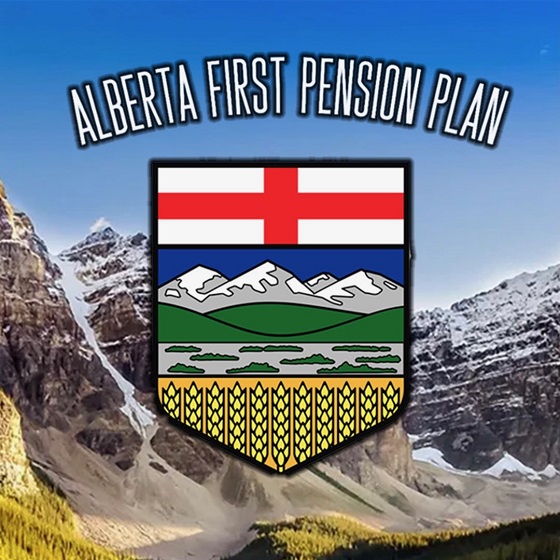
New release from Alberta First
The cost of running the CPP has increased a thousandfold since 2000. In 2000, costs were 4 million dollars; currently, they amount to 4.4 billion dollars.
Every Albertan can play a part in ensuring prosperity for generations to come.The Alberta First Pension Plan team strongly believes that the Alberta Pension Plan is a sensible choice. This belief comes after extensive discussions with thousands of Albertans and a deep understanding of the law and the facts. Our responsibility is to ensure that this understanding is shared with every voting Albertan. The Alberta Pension Plan has been a topic of debate, with supporters and opponents expressing their opinions on its potential impact. As a team of dedicated Albertans, the Alberta First Pension Plan team, guided by numerous esteemed professionals across the province, is committed to providing the facts to all Albertans. We support the idea that establishing an Alberta Pension Plan would give Alberta more control and independence over managing the investment funds and the ability to cut the high management fees Canadians pay to the CPP Investment Board. It has the potential to offer greater benefits and lower contributions than the existing Canada Pension Plan. An Alberta Pension Plan would address the unique needs of Albertans and contribute to economic development and financial security. To find reports, videos, and information on the Alberta Pension Plan, you can CLICK HERE. Many who oppose it are worried about the costs and complexities of setting up a separate pension plan for Alberta. They fear higher fees and lower benefits for Albertans than the Canada Pension Plan. Additionally, they are concerned about the economic impact and, most importantly, the Alberta government’s potential interference in fund management. It is essential to consider both perspectives when comparing the Alberta Pension Plan with the Canada Pension Plan. This allows Albertans to make an informed decision. While there are valid concerns, citizens can address these by staying actively involved and acting as watchdogs over the provincial government. Here are the top three concerns regarding moving to an Alberta Pension Plan: “Higher costs to manage an Alberta Penson Plan” Alberta is home to some of the most competent individuals in the financial industry. To ensure cost-effective management, Alberta could consider adopting several models from around the world. The cost of running the CPP has increased a thousandfold since 2000. In 2000, costs were 4 million dollars; currently, they amount to 4.4 billion dollars. “My benefits will be negatively affected.” As per the CPP Act, Section 3 (1), residents of Alberta must receive, at minimum, the same benefit they received under the CPP for a province to withdraw and create their own. “The Alberta Government will mismanage the fund.” The fear of the government mismanaging money is a valid concern. As Albertans, we must ensure that the Alberta Pension Plan is managed independently, with the sole mandate of maximizing profit and mitigating risk to the fund. We must be vocal and involved in the decision-making process to shape the future of our pension system. What do we need to do?Our first step is to initiate a referendum. The Alberta Government will only proceed with the referendum if there is significant support from Albertans.
This will mark an outstanding achievement, demonstrating Albertans’ determination to secure a prosperous future for all generations.
OUR PENSION! OUR CHOICE! |
|
|
|
|
Alberta
Emissions Reduction Alberta offering financial boost for the next transformative drilling idea
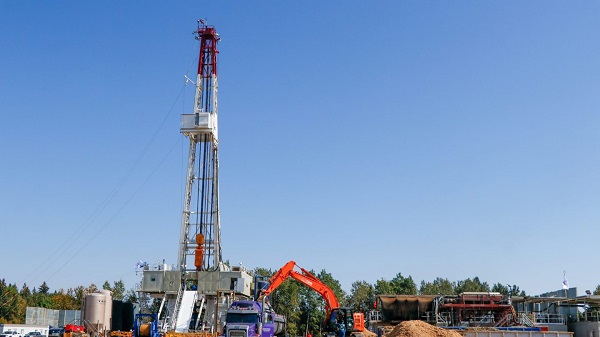
From the Canadian Energy Centre
$35-million Alberta challenge targets next-gen drilling opportunities
‘All transformative ideas are really eligible’
Forget the old image of a straight vertical oil and gas well.
In Western Canada, engineers now steer wells for kilometres underground with remarkable precision, tapping vast energy resources from a single spot on the surface.
The sector is continually evolving as operators pursue next-generation drilling technologies that lower costs while opening new opportunities and reducing environmental impacts.
But many promising innovations never reach the market because of high development costs and limited opportunities for real-world testing, according to Emissions Reduction Alberta (ERA).
That’s why ERA is launching the Drilling Technology Challenge, which will invest up to $35 million to advance new drilling and subsurface technologies.
“The focus isn’t just on drilling, it’s about building our future economy, helping reduce emissions, creating new industries and making sure we remain a responsible leader in energy development for decades to come,” said ERA CEO Justin Riemer.
And it’s not just about oil and gas. ERA says emerging technologies can unlock new resource opportunities such as geothermal energy, deep geological CO₂ storage and critical minerals extraction.
“Alberta’s wealth comes from our natural resources, most of which are extracted through drilling and other subsurface technologies,” said Gurpreet Lail, CEO of Enserva, which represents energy service companies.
ERA funding for the challenge will range from $250,000 to $8 million per project.
Eligible technologies include advanced drilling systems, downhole tools and sensors; AI-enabled automation and optimization; low-impact rigs and fluids; geothermal and critical mineral drilling applications; and supporting infrastructure like mobile labs and simulation platforms.
“All transformative ideas are really eligible for this call,” Riemer said, noting that AI-based technologies are likely to play a growing role.
“I think what we’re seeing is that the wells of the future are going to be guided by smart sensors and real-time data. You’re going to have a lot of AI-driven controls that help operators make instant decisions and avoid problems.”
Applications for the Drilling Technology Challenge close January 29, 2026.
Alberta
New era of police accountability

The Police Review Commission (PRC) is now fully operational, giving Albertans a single, independent process to file policing complaints and ensure accountability.
Alberta’s government is putting the province at the forefront of police oversight in Canada with the creation of the PRC. This new commission replaces the current patchwork of police investigating police with one independent body responsible for receiving complaints, conducting investigations and overseeing disciplinary hearings. By centralizing these functions within a single, independent agency, Alberta is ensuring complaints are handled fairly and consistently.
“The Police Review Commission represents a new era in how Alberta addresses policing complaints. These changes are part of a broader paradigm shift where police are no longer seen as an arm of the state, but rather an extension and a reflection of the community they serve. As an independent agency, it is committed to fairness, accountability and public trust, ensuring every complaint is investigated impartially and resolved openly.”
The Police Amendment Act, 2022 laid the groundwork for this new model, establishing a modern approach to oversight built on accountability, consistency and public confidence. The PRC will manage the full complaints process from receiving and assessing, to investigating and resolving complaints related to police conduct, including serious incidents and statutory offences.
“The Alberta Association of Chiefs of Police welcomes the launch of the Police Review Commission as a meaningful step toward enhanced oversight and greater transparency in policing. By ensuring complaints are reviewed fairly and impartially, the Commission will help strengthen accountability and reinforce public trust in Alberta’s police agencies. Police leaders across the province are committed to working with the Commission and our communities to ensure every Albertan has confidence in the integrity of our police services.”
A timely and transparent complaint resolution process is essential for both the public and police. That is why the PRC must complete investigations within 180 days, and if more time is needed, the chief executive officer must publicly report on delays and provide justification. This ensures clarity, predictability and accountability throughout the process. The commission will be arm’s length from government and police services, meaning people can have greater confidence that their complaints will be investigated and resolved impartially.
“Our goal is to build trust in policing by delivering timely resolutions and fair, consistent outcomes that put people first. Every complaint will be reviewed thoroughly and handled with the transparency and respect Albertans expect and deserve.”
The PRC can also initiate systemic reviews related to police conduct or emerging trends without the need for a public complaint, and these reviews must be made public. Together, these measures create a clear, accountable process that strengthens transparency, supports continuous improvement and enhances trust in how police oversight is carried out across Alberta.
“Public safety and the confidence the public has in our police services and service members are incumbent for effective and responsible service delivery. The PRC has been developed so that Albertans may have a responsible and impartial mechanism to voice concerns regarding delivery of policing services in Alberta. I am confident that the PRC will be an inclusive and diverse representation of the communities, so we may better understand the most appropriate and effective way to respond to concerns regarding police services. I look forward to the positive outcomes for the community.”
The commission’s design was informed by engagement with Indigenous communities, law enforcement partners, municipal officials and community organizations, ensuring its structure and training reflect Alberta’s diversity and values.
Quick facts
- The PRC will handle complaints in three categories:
- Level 1: Death, serious injury and serious or sensitive allegations involving all police services in Alberta, as well as peace officer agencies.
- Level 2: Allegations of criminal and other statutory offences involving all police services in Alberta.
- Level 3: Complaints about non-criminal misconduct involving officers employed by municipal and First Nations police services.
- Complaints that fall outside the three categories will be referred to the appropriate bodies or agencies for review.
- The Alberta Serious Incident Response Team (ASIRT) will now operate under the PRC.
-

 Alberta2 days ago
Alberta2 days agoNet Zero goal is a fundamental flaw in the Ottawa-Alberta MOU
-

 Food2 days ago
Food2 days agoCanada Still Serves Up Food Dyes The FDA Has Banned
-
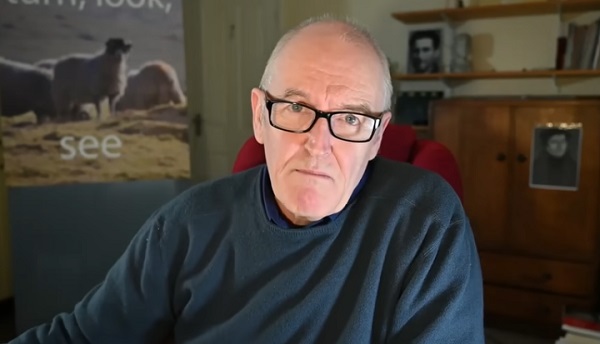
 COVID-192 days ago
COVID-192 days agoThe dangers of mRNA vaccines explained by Dr. John Campbell
-
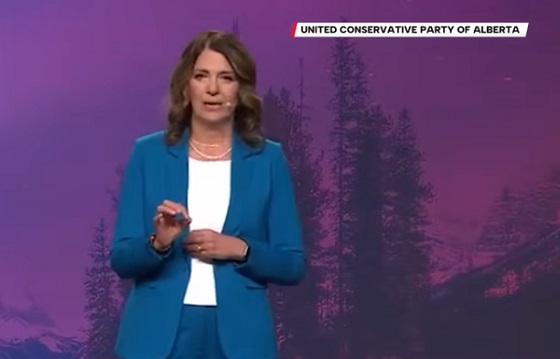
 Alberta2 days ago
Alberta2 days agoKeynote address of Premier Danielle Smith at 2025 UCP AGM
-

 Artificial Intelligence1 day ago
Artificial Intelligence1 day ago‘Trouble in Toyland’ report sounds alarm on AI toys
-

 Addictions2 days ago
Addictions2 days agoManitoba Is Doubling Down On A Failed Drug Policy
-

 COVID-192 days ago
COVID-192 days agoFDA says COVID shots ‘killed’ at least 10 children, promises new vaccine safeguards
-

 Daily Caller1 day ago
Daily Caller1 day agoTom Homan Predicts Deportation Of Most Third World Migrants Over Risks From Screening Docs






